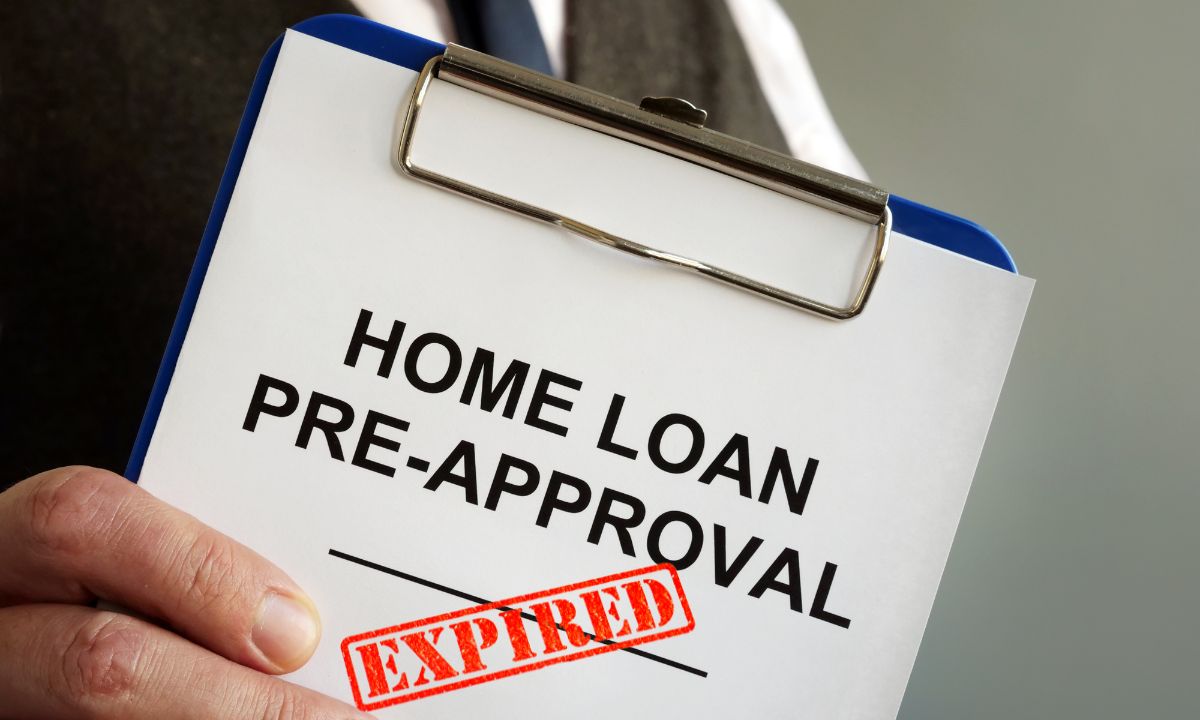What’s Ahead For Mortgage Rates This Week – December 23rd, 2024

The rate cut by the Federal Reserve was hotly anticipated, and as predicted, they proceeded with the reduction, signaling the possibility of further cuts depending on inflation data. Although markets were generally receptive to the positive news, other government-related issues had dampened the high spirits temporarily. Outside of the rate decision, the PCE Index (the Federal Reserve’s preferred inflation indicator) has performed positively by beating the forecast. In addition, the Consumer Sentiment was exactly where it should be as expected.
PCE Index
The PCE index increased a scant 0.1% last month, the government said Friday. That’s the smallest rise in three months and just half as much as economists polled by The Wall Street Journal predicted. The barometer of U.S. inflation favored by the Federal Reserve rose more slowly than expected in November, breaking what appears to be a gradual drift higher in prices that forced the central bank to scale back plans to cut interest rates.
FOMC Rate Decision
The Federal Reserve on Wednesday cut interest rates by a quarter point, the third rate cut since it began to lower borrowing costs in September. The central bank’s latest move leaves its benchmark lending rate at a range of 4.25%-4.5%, a two-year low.
Primary Mortgage Market Survey Index
• 15-Yr FRM rates saw an increase of 0.08% with the current rate at 5.92%
• 30-Yr FRM rates saw an increase of 0.12% with the current rate at 6.72%
MND Rate Index
• 30-Yr FHA rates saw an increase of 0.10% for this week. Current rates at 6.42%
• 30-Yr VA rates saw an increase of 0.10% for this week. Current rates at 6.43%
Jobless Claims
Initial Claims were reported to be 242,000 compared to the expected claims of 220,000. The prior week landed at 224,000.
What’s Ahead
With an extremely light release schedule ahead of Christmas, the jobs release data will be the only important release.
 Buying a home is a huge milestone, and the excitement of closing can lead many buyers to quickly accept any mortgage offer without fully understanding its terms. One important detail to watch for is whether your mortgage includes a prepayment penalty. This fee can be an unwelcome surprise, so it’s crucial to know what you’re signing up for before finalizing your loan.
Buying a home is a huge milestone, and the excitement of closing can lead many buyers to quickly accept any mortgage offer without fully understanding its terms. One important detail to watch for is whether your mortgage includes a prepayment penalty. This fee can be an unwelcome surprise, so it’s crucial to know what you’re signing up for before finalizing your loan. A mortgage pre-approval is one of the most valuable tools in your homebuying journey. It’s not just a letter stating how much you’re qualified to borrow; it’s a written commitment from your lender that assures sellers you have the financial backing to make a competitive offer.
A mortgage pre-approval is one of the most valuable tools in your homebuying journey. It’s not just a letter stating how much you’re qualified to borrow; it’s a written commitment from your lender that assures sellers you have the financial backing to make a competitive offer.